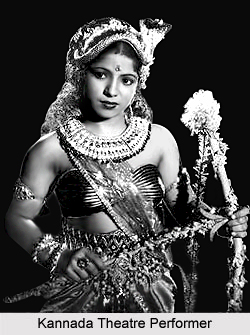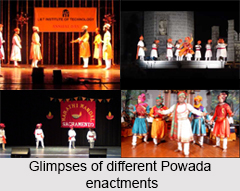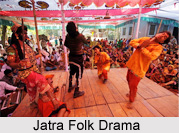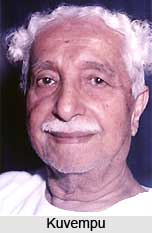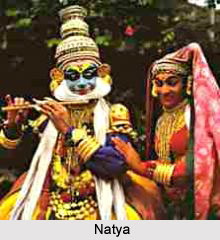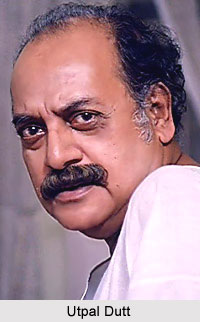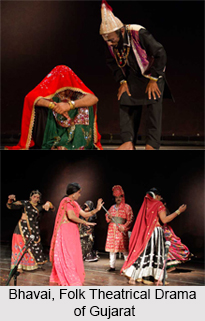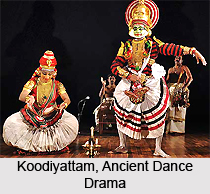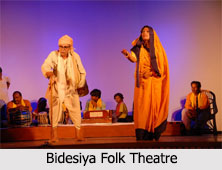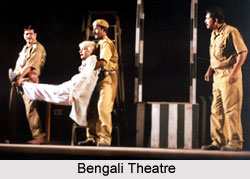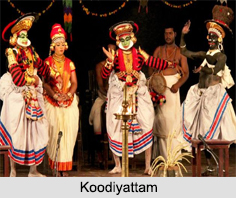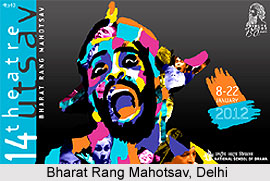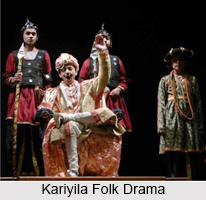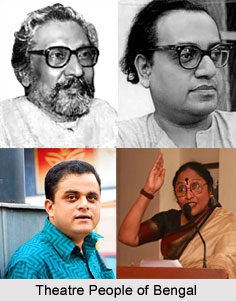Bhatta Narayana Mrigaraja was one of those Brahmans who migrated from Kanauj at the invitation of Adisura. Adisura reigned over Bengal in the first half of the seventh century. A commentary on Dharmakirti`s Rupavatara states that at the request of Banabhatta, Narayana became a pupil of a Buddhist monk. He learnt Buddhist philosophy, and defeated Dharmakirti in debates. It ascribes Rupavatara jointly to Bhatta Narayana and Dharmakirti. The eminent author Dandin (660-720) also praises Narayana.
Bhatta Narayana Mrigaraja`s six-act nataka, Venisamhara i.e. `Tying of the Braid`, is based on the incident in the Mahabharata in which Dussasana forcibly untied Draupadi`s hair and garments in Duryodhana`s court, and Bhima vowed that her hair would not be braided again save by his own hands wet with the blood of Duryodhana and Dussasana. Narayana powerfully delineates the raudra i.e. furious and vira i.e. heroic rasas. His language and dialogue are vigorous. Later theoreticians of dramaturgy criticized him for introducing an episode of love between Duryodhana and his queen Bhanumati, contrary to the spirit of a play abounding in vira and raudra rasa. The conclusion has also been considered loose. Nevertheless, the dramatic force of the plot and Narayana`s successful attempt to present a most pathetic episode in a theatrical form must be recognized.
This article is a stub. You can enrich by adding more information to it. Send your Write Up to content@indianetzone.com







